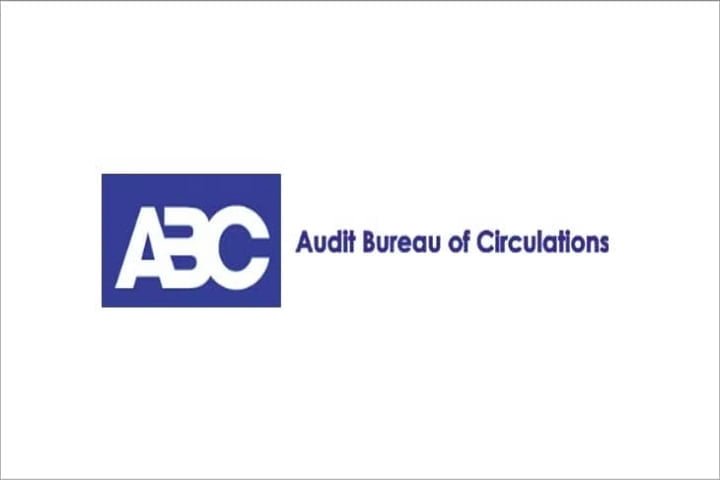Brand Life Cycle Introduction
Understanding the brand life cycle is crucial for any business to establish and maintain a successful brand. Like living organisms, brands also go through distinct growth, maturity, and decline stages. Each stage represents different challenges and opportunities that businesses must navigate to effectively manage their brands in the market.
In This Article
Recognizing where a brand stands in its life cycle is essential for making informed decisions about marketing strategies, product development, and resource allocation.
The concept of the brand life cycle is closely associated with aspects of the product life cycle in marketing, brand identity, brand image, and other intangible factors, such as features of customer consumption, feelings that a brand should evoke for its customers, etc.
Product Life Cycle
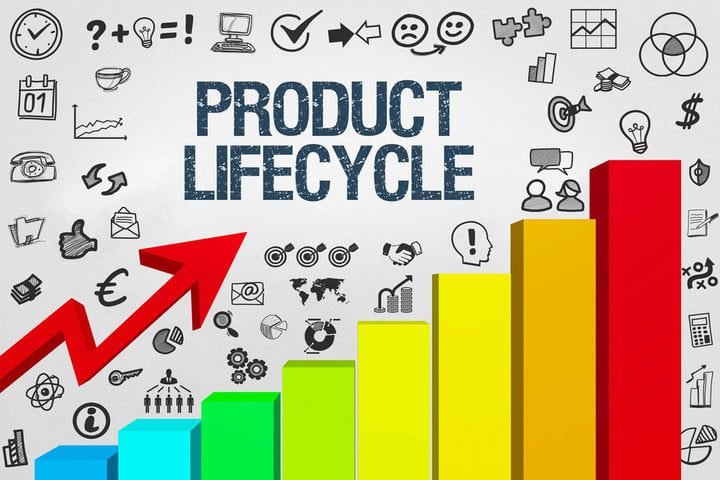
There are four different product life cycle stages:
- Introduction
- Growth
- Maturity
- Decline
Introduction Stage
The first stage is the introduction stage of the product life cycle. This is when a new product is launched into the market, requiring significant research, development, and marketing investment. During this stage, companies focus on creating awareness and generating initial sales.
Growth Stage
The second stage is known as the growth stage of the product life cycle. In this phase, sales increase rapidly as more customers become aware of and adopt the product. Companies often invest heavily in marketing during this stage to further accelerate growth and capture a larger market share.
Maturity Stage
The third stage is called the maturity stage of the product life cycle. Sales begin to stabilize, as most potential customers have already adopted or are aware of the product. Competition intensifies during this phase as other companies enter the market with similar offerings. To maintain market share, businesses may differentiate their products or expand into new markets.
Decline Stage
Finally, we have the decline stage of the product life cycle. This occurs when sales decline due to changing customer preferences or technological advancements that render the product obsolete. Companies may choose to discontinue or revamp their products during this phase.
Understanding these stages allows businesses to develop appropriate strategies for each product’s life cycle phase. By doing so, they can effectively manage resources, optimize marketing efforts, and make informed decisions about pricing, distribution channels, and innovation initiatives throughout each stage of their products’ journey to achieve long-term success.
The stages of PLC may be assumed to be the basis for the stages of brand life. However, the concept of brand life cannot be analyzed separately from the stages of PLC.
Brand Life
Brand life evaluates the relationship between time and consumer value, while the product life cycle evaluates the relationship between sales volumes and time.
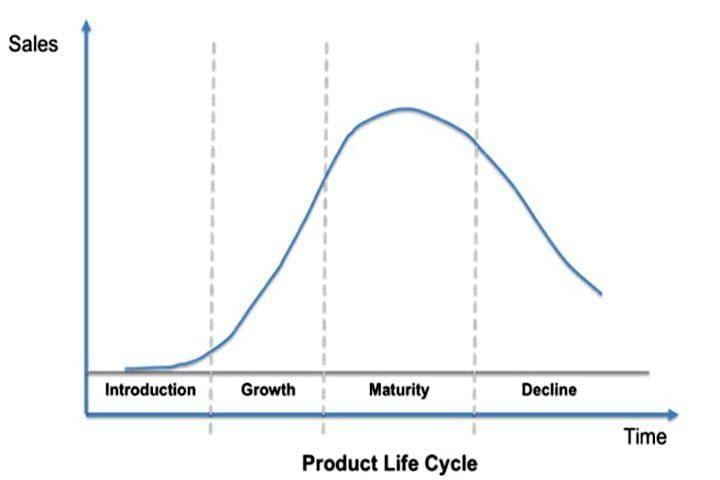
The brand life is based on the product, customer behavior, and opinion analysis.
Similar to the product life cycle, the three stages of the brand life cycle are the introductory period, during which the brand is developed and introduced to the market; the growth period, when the brand faces competition from similar products; and, finally, the maturity period, in which the brand either extends to other products or its image is constantly updated.
Without careful brand management, the maturity period can lead to a decline and result in the brand’s withdrawal.
Brand Life Cycle Model
All brands evolve through four stages. Most start as product brands (they make things like watches, airplanes, and Coke), and then some are transformed into service brands (they provide help and repair or get you a Coke).
Over years of brand-building effort and market presence, they gradually become either a Category Brand, which is defined as having a leading market share within a category, or a Personality Brand, which establishes a strong brand personality that consumers identify with; or an Experience Brand, which goes beyond traditional service and product excellence with a strong sense of uniqueness.
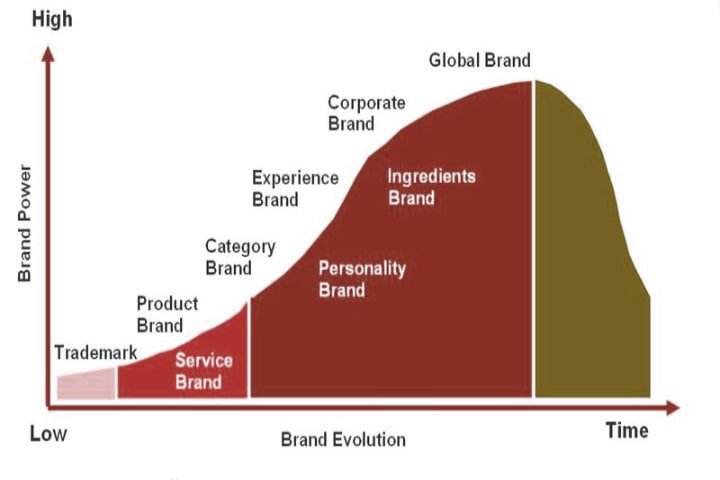
Another type of brand is an Ingredient Brand, which is a co-brand. Ingredient Brands usually provide additional trust or confidence and often signify using an exclusive or proprietary technology. Examples include Windows, Intel, Oracle, etc. If we buy an IBM computer, we will find two other co-brands: Windows and Intel.
After being extremely successful, these brands moved up one level and became Corporate or Global Brands, expanding geographically to become dominant global leaders.
Sometimes, a brand needs to move from one category to a brand of multiple categories. This is particularly common in fast-moving consumer goods. These categories are not mutually exclusive.
A brand can be both a global brand and a personality brand (Virgin) or a global brand and an ingredient brand (Intel). The Brand Life Cycle model suggests that the ultimate goal for all businesses is to have a global brand.
Product Life Cycle Case Study: Pulse Candy
Pulse Candy was introduced in 2013 by the DS Group, a leading Indian FMCG company that manufactures brands such as Rajnigandha (Pan Masala), Baba (Tobacco), and Catch (spices).
Pass Pass ‘Pulse‘ is a Kaccha Aam-flavored hard-boiled candy with a tangy twist, priced at Rs 1 per unit. The candy was launched with a unique proposition of a hard-boiled candy with a tangy, amchur-flavored core. Pulse Candy was targeted at young adults and teenagers who were looking for candy that was both sweet and sour.
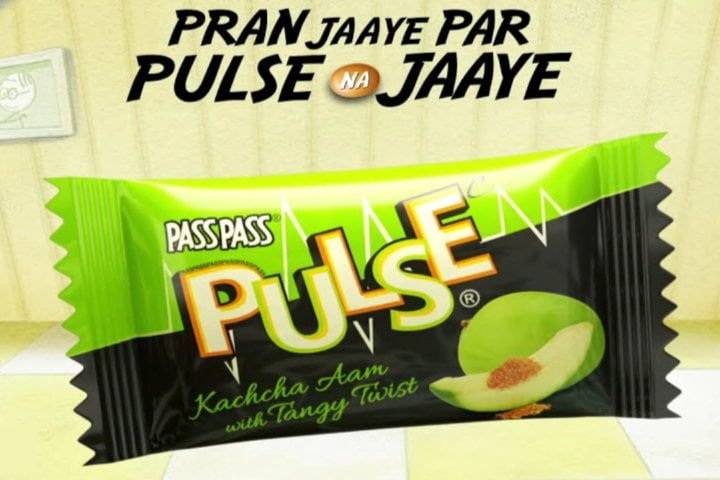
Its competitors were Parle, Perfetti Van Melle, Mondelez India, and ITC, which have candy brands such as Kaccha Mango Bite, Alpenliebe, Cadbury Chocolairs, and Candyman, respectively.
Introduction Stage
Low sales and high marketing expenses characterized Pulse Candy’s introduction stage. The company invested heavily in advertising and promotions to create awareness for the brand, and It was also distributed through a limited number of outlets.
There were also some marketing challenges because no brand has been able to break the tradition of flavor over brand, wherein customers ask for “orange, mango or mint wali” candy. The sugar candy segment is a tricky business since the unit price is low; one has to sell large volumes.
When Pulse was launched, 86 % of the industry was at Rs 0.5 for a candy weighing anywhere between 22.5 grams. The DS Group decided to go with Rs 1 instead, and to justify the price, and the weight was increased to 4 grams. Because of this strategy, Pulse has become an innovative value-added candy.
Growth Stage
Pulse Candy quickly gained popularity among consumers due to its unique taste and flavor. Word-of-mouth marketing fueled the candy’s popularity. Sales of Pulse Candy began to grow rapidly, and the candy became a major contributor to the DS Group’s revenue.
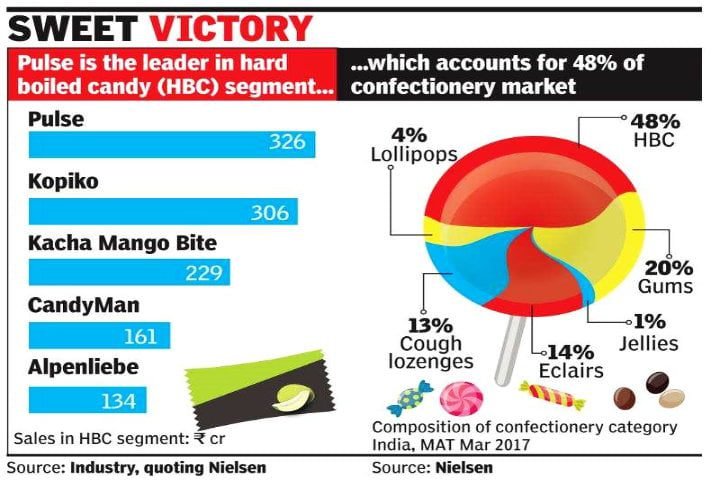
The growth stage of Pulse Candy was characterized by increasing sales and profits. The company expanded its distribution network to make Pulse Candy more widely available. Pulse Candy was also launched in new flavors and variants to cater to a wider range of consumers.
Maturity Stage
Pulse Candy reached the maturity stage of its product life cycle in 2016. The candy sales remained strong, but the growth rate slowed down. The company faced increased competition from other candy brands and had to invest in innovation and marketing to maintain its market share.
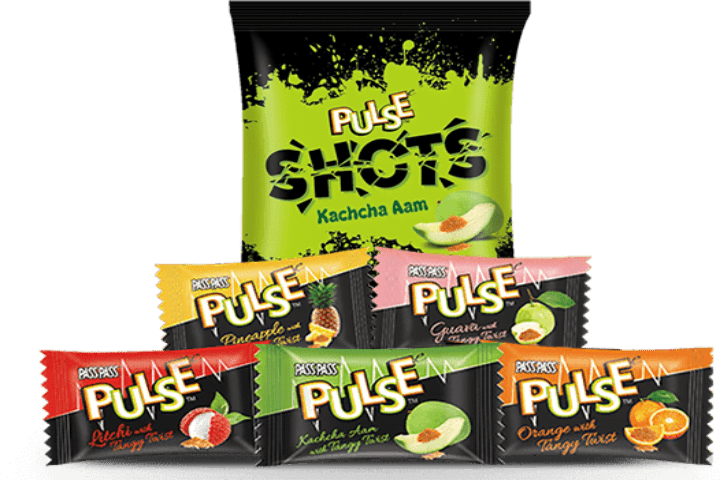
Stable sales and profits characterize Pulse Candy’s maturity stage. The company continues to invest in innovation and marketing to maintain its competitive edge and has also started expanding into new markets.
Decline Stage
Pulse Candy is holding its position and is yet to enter the decline stage of its product life cycle. However, the candy will likely face increasing competition from new and innovative brands. The company must continue to innovate and adapt to consumer trends to maintain its success.



